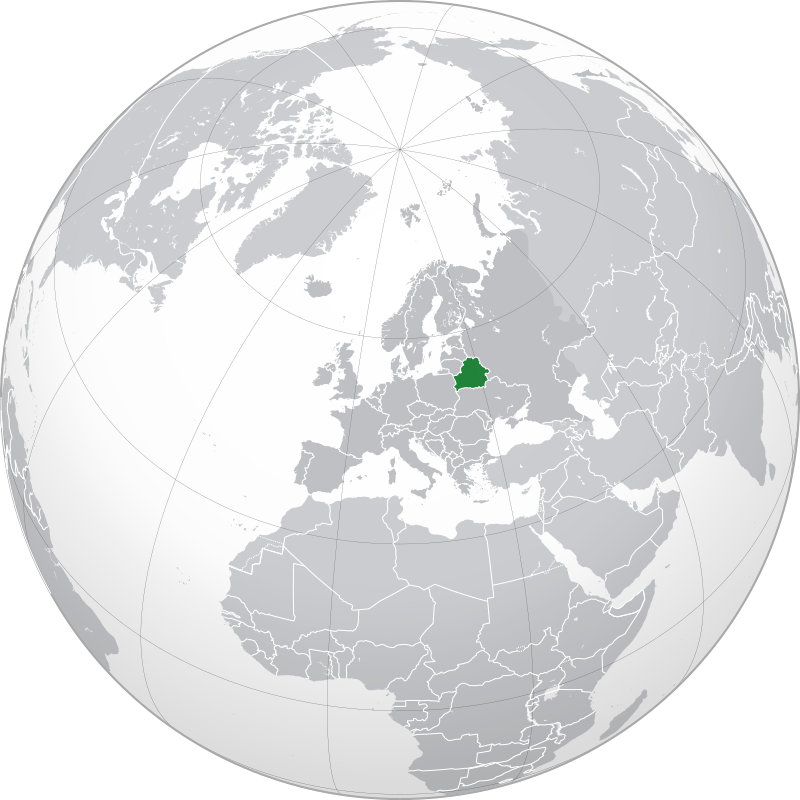Some countries have done a better job than others in addressing and dealing with the coronavirus. This is reflected in the number of cases per capita and the number of deaths per capita, if the statistics by country are reliable and reported in the same manner. Dealing with the coronavirus also has a huge economic impact. I am not sure people have fully evaluated the economic impact of this disease which appears like it is going to be an issue until at least the end of 2021.
Needless to say, a government that has not done a good job of containing the coronavirus is going to be hit twice, once from criticism of how it dealt with the virus and a second time from the economic impact of having to deal with it over an extended time. This is magnified if they have to again shut down because of a failure to control the first wave, or a resurgent first wave, and fail to address a second wave. The ideal situation is that the virus is identified, brought under control and then kept under control. This is the case with Italy, even though it was initially the worse hit of the European countries. The cases by day for Italy are below:

As can be seen, even Italy is dealing with a resurgence in cases, although a lot less than some other countries.
The leadership of a country that fails to contain the virus is going to obviously come under considerable criticism and of course, they also have to deal with a declining economy in the process. Usually, in democratic countries, a declining economy means that the government gets voted out. In non-democratic countries, the situation is a little more complex, but often dictatorships are challenged when the economy declines. While I don’t have the current economic statistics for Belarus at hand, I do have their current reported coronavirus statistics. For a country of 9.4 million people, they have a reported 70,645 cases and 646 deaths. This is an infection rate of 0.75 percent or one case per 133 people and a death rate of 0.007 percent or one case per 14,551 people. This is assuming these report numbers are correct. It does report a death rate of those infected of less than 1%, which makes one suspicious that the number of deaths is being underreported.
The graph of daily cases looks like this:

If this is true, then it looks like they have brought the virus under control. This was done without any requirements nationwide for isolation or wearing mask. There is considerable suspicion that these statistics are not correct.
Just for comparison, the United States has an infection rate of 1.75 percent or one case per 57 people and a death rate of 0.05 percent or one case per 1,852 people.
So, just to compare the countries in the area:
……………………..Percent infected…………..Percent killed
Belarus……………0.75………………………….0.007
Russia……………..0.65………………………….0.01
Ukraine……………0.26…………………………..0.006
.
Poland…………….0.16…………………………..0.005
Lithuania………….0.10…………………………..0.003
Latvia………………0.07…………………………..0.002
.
United States……..1.75………………………….0.05
Now there are reasons not to entirely trust the numbers coming out of Russia. There may also be reasons not to trust the numbers coming out of Belarus, especially as Lukashenko has not be supportive of the efforts to control and contain the virus. It is clear that the virus is a bigger problem for Belarus (and Russia) than it is for some of their neighbors, even if their reported statistics are not as bad as the United States.
Therefore, if the virus is still a major problem in Belarus (which I gather it is) and the economy is in trouble because of it (which I assume it is), then these are two issues that Lukashenko must deal with that are potentially crippling to his chances of staying in power. He may not be the only leader in danger of being ousted because of their failures to address the virus.
P.S. Data is from 6:28:02 PM on 24 August 2020 drawn from Johns Hopkins CSSE








